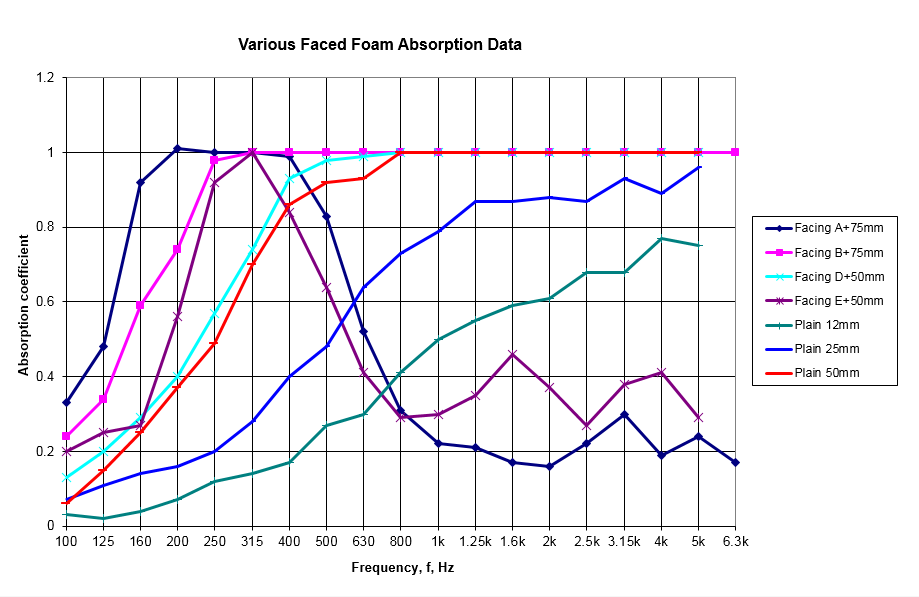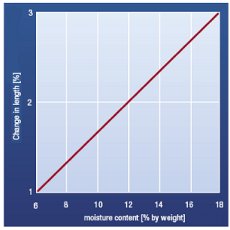Menu
Melamine acoustic foam Melatech is made of Basotect®, a melamine-based acoustic foam is a unique, flexible, open-cell foam, combining low weight, Class 0 fire specification and good sound absorption properties.
Please note: Our minimum order quantity is 10 individual sheets. After that any additional sheets needs to be added in pairs, so you can only order an even amount of sheets not an odd amount. Price is per sheet.
Produced from melamine resins, melamine foam exhibits superior fire, temperature and chemical resistance. Furthermore, being halide-free, melamine foam when exposed to either naked flame or extreme heat does not emit any of the toxic by-products associated with conventional polyurethane based acoustic foams.
Melamine’s low density and flexibility provide a practical material, convenient to handle, easy to cut and install, either to original equipment or on-site projects. This outstanding versatility, coupled with choice of complementary acoustic materials, e.g. damping sheets, barriers and facings, allows Melatech foam to be used in a wide range of industrial and commercial applications where superior reverberation control is required.
Typical Applications |
|
| HVAC | Fancoil units, plenum and duct linings |
| Building services | Plant rooms, suspended baffles |
| General industrial | Enclosure linings and suspended baffles |
| Marine | Engine rooms and accommodation areas |
| Sports and leisure | Suspended baffles |
| Power generation | Case linings, splitter and louver infill |
Facing options |
|
| FGA.BK | Black or white weavelocked glass cloth |
| FPG.WH | White polyurethane coated glass cloth |
| FPF.BK | Black or white polyurethane film |
| FPPD | Perforated black/white or grey PVC facing |
| FAG | Aluminium foil laminated to glass fibre fabric |
| FOF | Reinforced aluminium foil |
| FMP | Metalised polyester film |
| FMP.SC | Metalised polyester film with scrim |
| FVT.BK | Black viscose tissue |
| All the above also available with a self adhesive peel off backing (SA) | |
We have developed a number of specialist facings with particular foams for improved low frequency absorption, or for specific tuning, which is often required when dealing with industrial noise issues, machine enclosures and fan casings etc. We have managed to achieve 50% efficiency as low as 125Hz and 100% efficiency from 200Hz upwards.
The acoustic test data is shown but it is a good idea to discuss your requirements with our technical team.

We can also cut this foam to specific OEM Cut Parts as well as produce acoustic foam tiles of any size up to 1200x1200mm. OEM Cut Parts can easily be supplied in pre-cut kit form.
| Technical Specifications | |
| Colour | Light grey |
| Size | anything up to 2.5m x 1.25m |
| Custom cutting tolerance | ±3mm to ±5mm depending on size and thickness |
| Thickness | 12mm up to 300mm |
| Density | 8-11kg/m3 |
| Tensile strength | 120kPa |
| Hardness | 40% deformation: 7-20kPa |
| Compression set | 50% at 70°C for 22 hours: 10%-20% |
| Cell count | 130-200 ppi approx. |
| Thermal conductivity | 0.035W/mK @ 10°C |
| Service temperature | 1,000h @ 220°C
5,000h @ 200°C 20,000h @ 180°C |
| Toxicity | DIN 4102 Class A2 |
| Chemical resistance | resistant to hydrolysis, alcohols, hydrocarbons, most organic solvents, dilute acids and bases |
| Fire characteristics | |
| DIN 4102 | B1 |
| UL 94 | V-0, HF-1 |
| BS 476 Part 6 and 7 | Class 0 |
| FMVSS302 | Fulfilled |

Please note This acoustic foam can tend to expand and contract due to temperature and humidity so allowances should be made if fitting to an exact space. Due to the absorption behavior of melamine resins and the open-cell structure of the foam, the moisture content of the material changes as a function of ambient conditions. This is associated with changes in the dimensions that occur similarly in the case of wood, concrete or tiles. This behavior must be taken into consideration during application specification. The foam should be stored for at least 3 days prior to use under the atmospheric conditions corresponding to its later use.